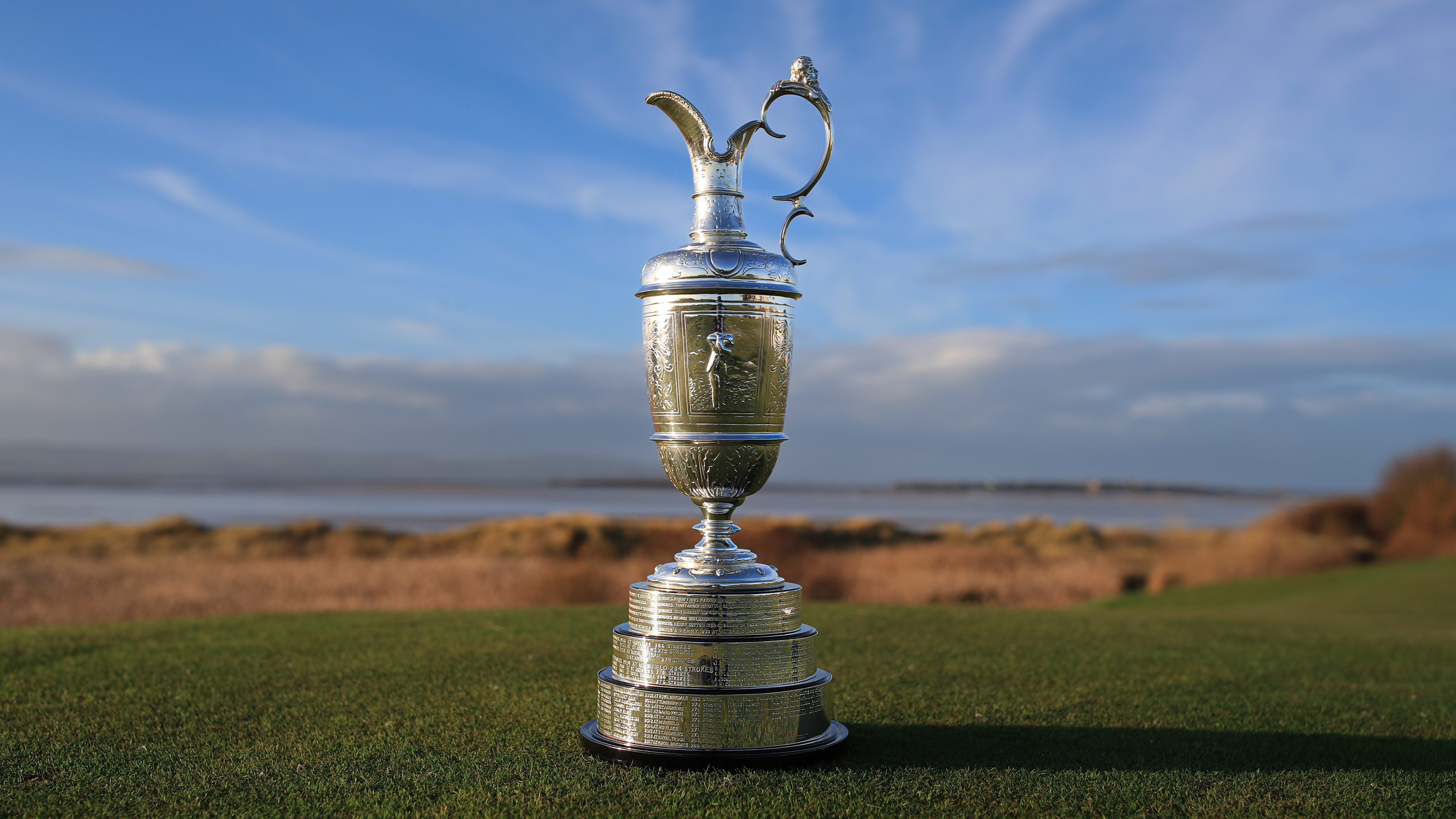
The Claret Jug is awarded every year to the winner of The Open Championship. This replaced the belt the winner used to win, but there are actually eight different trophies to be won in total.
The Silver Medal is the next best known of the other awards and has been handed out to the amateur with the lowest score at The Open since 1949. It is only presented to someone who has played all four rounds, so it is not handed out if no amateur has made the 36-hole cut. If one or more amateurs miss the cut, they will receive a bronze medal.
The winner of The Open not only receives the Claret Jug but also gets a gold medal. The award of a gold medal was first made in 1872.
Up until 1870, the Challenge Belt was awarded to the winner, but when Old Tom Morris won it three times in a row he was allowed to keep this trophy.
After there was no Open in 1871, a new trophy was to be provided from 1872. It was initially known as the Golf Champion Trophy before switching to its now familiar name of the Claret Jug.

However, that prize in question was not ready when The Open of 1872 was held, so the winner was given a gold medal instead. Thus, the tradition of the winner being also presented with a gold medal began.
Meanwhile, for the player who finishes as runner-up, they are presented with the silver salver - a plate which acts as a consolation prize to those who pushed the Champion Golfer of the Year all the way.
The next trophy to be won at The Open is called The Tooting Bec Cup. But this is, in fact, another medal rather than an actual cup. Since 1924, it has been awarded to the golfer who shoots the lowest round at The Open.
The Ryle Memorial Medal was instigated in 1920 in memory of Arthur Ryle, a former chairman of The PGA, and is awarded to a PGA member who wins The Open.
And, finally, the Braid-Taylor Memorial Medal is awarded to the PGA member who finishes in the highest position in The Open Championship. It is named after two of the founding members of the PGA, James Braid and J.H. Taylor, and was first awarded in 1966.








